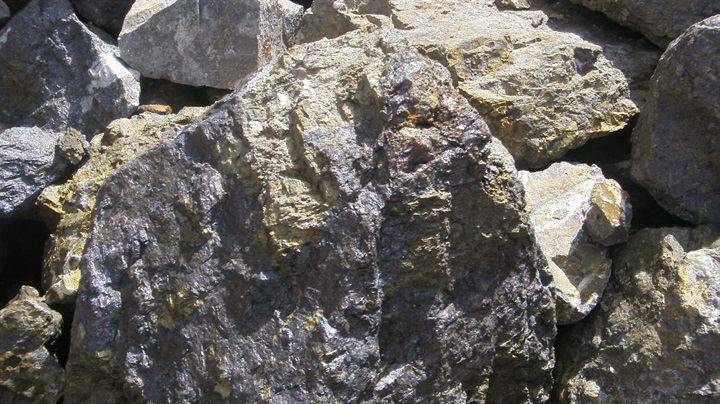In the first half of 2025, mainstream market expectations centered around the pace of zinc mine supply recovery. As supply gradually resumed, zinc prices declined, with the main futures contract falling to the 22,000–23,000 yuan/ton range. As market sentiment stabilized, prices found support. In the short term, the Shanghai zinc main contract is expected to remain weak and range-bound, fluctuating between 22,300 and 23,500 yuan/ton.
Zinc Mine Supply Recovery in Progress
At the start of the year, zinc mining projects began resuming operations at a slow pace. Large-scale projects such as Antamina, Kipushi, and Tara restarted or entered production in late 2024 and early 2025. Compared with last year, zinc ore supply has improved quarter-on-quarter.
Following the Lunar New Year, domestic smelters began maintenance shutdowns or scaled back production. With new capacity yet to come online, zinc ore demand remained weak in H1. Internationally, Japan’s TOHO Zinc and Australia’s Hobart smelter both cut output due to losses, easing global raw material supply pressure.
These supply-side improvements, coupled with softening demand, pushed treatment charges (TC) for zinc ore up from 1,800 yuan/ton to 3,500 yuan/ton by mid-May. This rise directly boosted smelting margins: from losses of 100–200 yuan/ton earlier in the year, smelters are now making 700–800 yuan/ton in profit.
Improved margins have revived smelter operations. Domestic zinc smelting output fell 2% year-on-year in Q1, but as of May, smelters are ramping up again. Major new projects such as Yunnan Copper’s relocation project and Wanyang Zinc Smelting began feeding in May and aim to reach stable output in June. Q3 production is expected to hit a two-year high.
Export Policy Uncertainty and Downstream Risks
Approximately 7% of zinc consumption is tied to exports of primary products like galvanized steel, brass, and die-cast alloys. Another 4% comes from exports of industrial goods like appliances and vehicles.
In April, overseas demand surged as clients restocked, with domestic consumption rising 12% YoY. However, May brought growing hesitation and even cancellations from foreign buyers. After high-level China–US trade talks, orders began to stabilize, and further restocking signs emerged. Still, downstream inventories remain historically high.
In summary, zinc ore supply recovery is ongoing, smelting margins have expanded, and production activity is increasing. However, export policy uncertainty and elevated inventories remain key headwinds for demand.
In the near term, Shanghai zinc futures are likely to remain weak and range-bound.
[Source – 上海有色网] 锌价 继续区间整理 https://news.smm.cn/news/103333195




